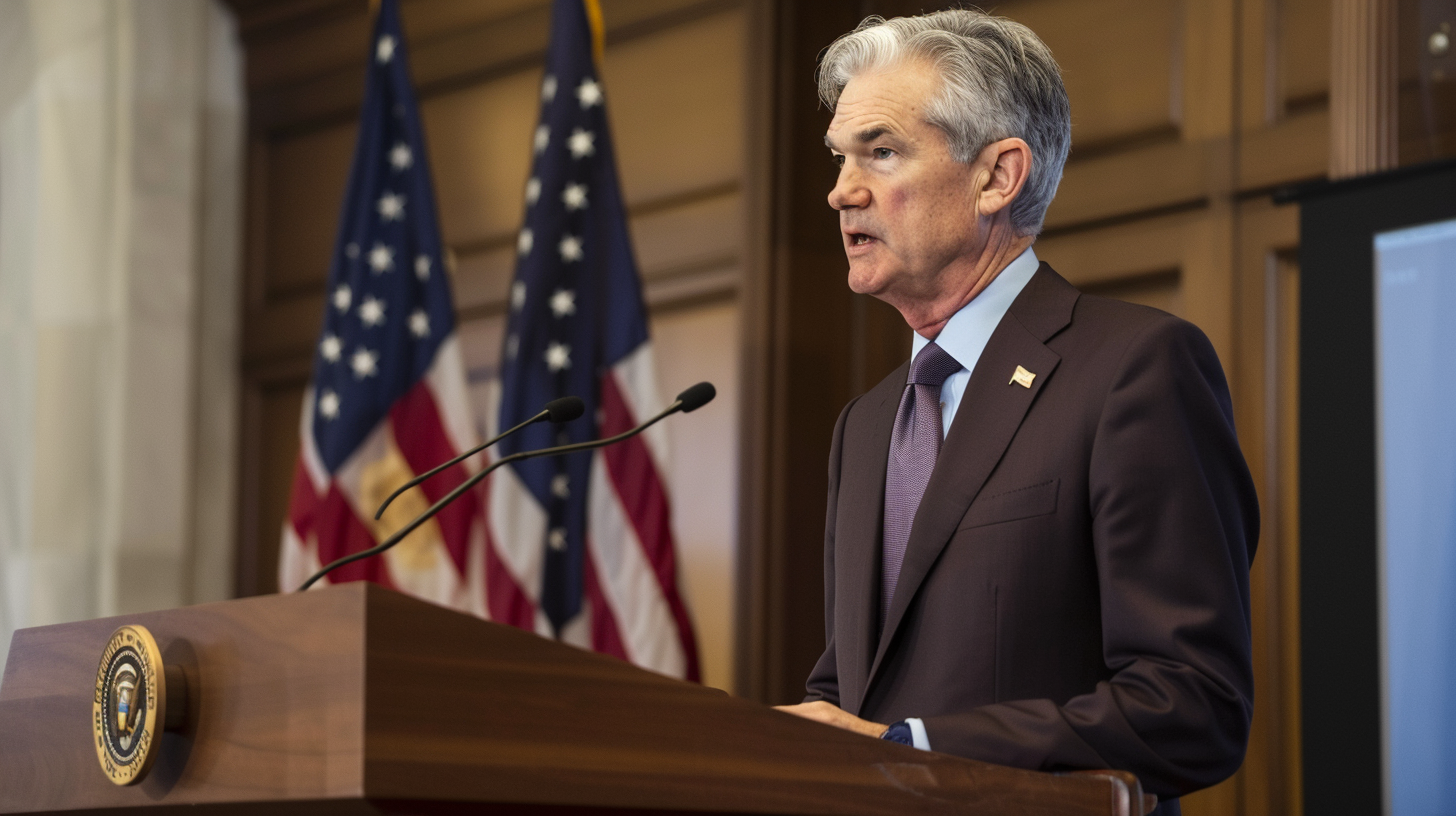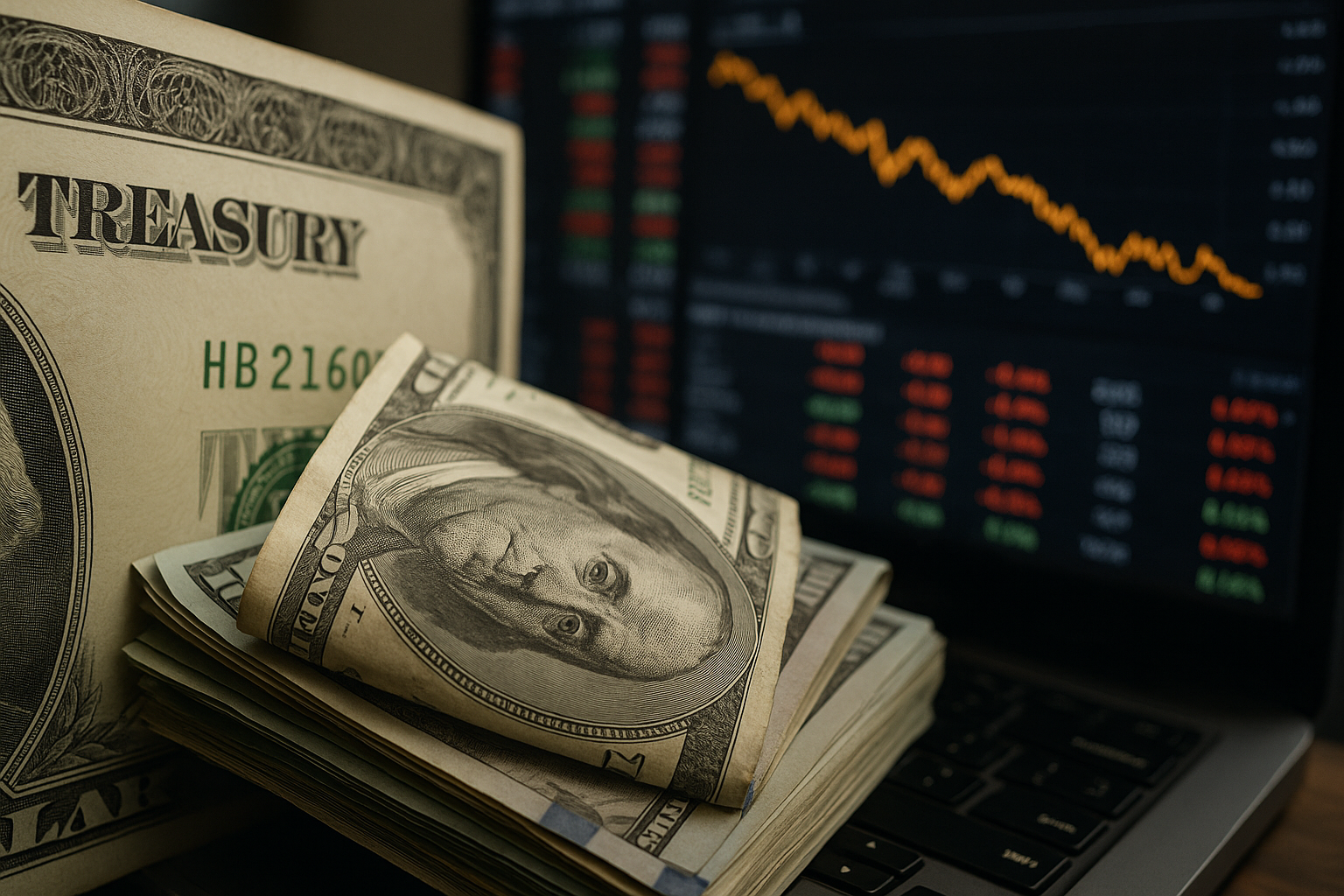| Key Points: – Azoria Capital sues the Federal Reserve, demanding public access to FOMC meetings. – The lawsuit challenges the Fed’s closed-door practices under a 1976 federal law. – Rising political pressure may reshape how investors engage with monetary policy decisions. |
In a dramatic turn that could upend decades of Federal Reserve protocol, asset manager Azoria Capital filed a lawsuit Thursday demanding the central bank’s monetary policy meetings be opened to the public. The suit, lodged in a Washington, D.C. federal court, accuses the Fed’s Federal Open Market Committee (FOMC) of violating a 1976 transparency law by continuing to hold closed-door deliberations.
The timing couldn’t be more critical. The FOMC is set to meet July 29–30, and Azoria is seeking a temporary restraining order that would force those discussions—typically among the most market-sensitive of any U.S. institution—into the public sphere.
Behind the suit is James Fishback, Azoria Capital’s CEO and a figure closely tied to the Trump administration. Fishback contends the FOMC’s secrecy isn’t just outdated—it’s damaging. “By operating beyond public scrutiny, the FOMC is deliberately undermining the accountability envisioned by Congress,” the lawsuit claims, adding that real-time access to Fed discussions would give investors critical tools to navigate volatility sparked by monetary shifts.
The move comes as President Trump, currently touring the Fed’s $2.5 billion refurbishment project in Washington, escalates his criticism of central bank leadership. Trump has long accused Chair Jerome Powell and other officials of keeping interest rates unnecessarily high—claims echoed in Azoria’s filing, which alleges the Fed’s policy stance is “politically motivated” and intended to sabotage the administration’s economic agenda.
While the Fed hasn’t raised rates during Trump’s term so far, it has also declined to cut them, preferring to take a wait-and-see approach to assess the impact of new trade and fiscal policies. Yet that inaction has drawn ire from two sides—those demanding tighter control of inflation and those, like the administration, calling for looser credit to fuel growth.
Market reaction to the lawsuit has been cautious but curious. The idea of live-streamed or even partially open FOMC meetings could fundamentally alter the pace at which market participants digest rate signals. That shift could lead to sharper intraday volatility but also present opportunities for nimble traders and small-cap managers who thrive in environments of rapid change.
For investors in the middle market and beyond, the lawsuit underscores a growing theme: political and legal challenges are no longer background noise—they are becoming tradable events. Should Azoria’s case gain traction, it could pave the way for real-time transparency around monetary policy, potentially giving smaller firms an edge over traditional gatekeepers.
Whether or not the courts side with Azoria, the message is clear—investors are demanding a seat at the Fed’s table. And in a climate where every basis point counts, that demand might just get louder.












